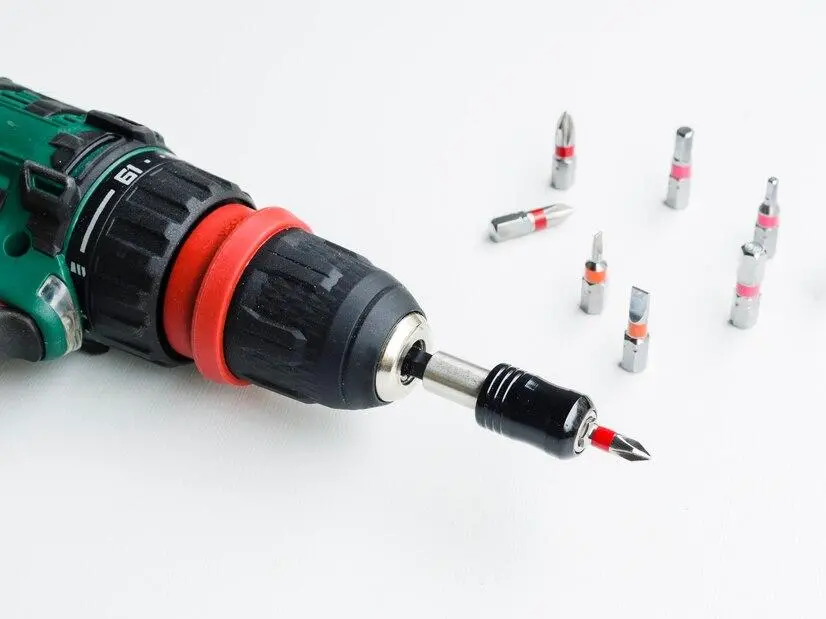
How to maintain power tools to extend their lifespan
Maintaining power tools properly is crucial for extending their lifespan and ensuring safe operation. Here's a breakdown of best practices:
1. Regular Cleaning:
- Dust and Debris Removal:
- After each use, wipe down the tool with a clean, dry cloth to remove dust, wood shavings, metal filings, and other debris.
- Use compressed air to clean hard-to-reach areas, especially around vents and motors.
- Cleaning Blades and Bits:
- Remove blades and bits and clean them separately.
- Use a wire brush or specialized cleaning solution to remove buildup.
- For rust, use a rust remover and then apply a light coat of oil.
2. Lubrication:
- Moving Parts:
- Lubricate moving parts according to the manufacturer's instructions.
- Use the recommended lubricant (e.g., machine oil, grease).
- Avoid over-lubrication, as it can attract dust and debris.
- Gears and Bearings:
- Check and lubricate gears and bearings periodically.
- Use high-quality grease for gears.
3. Inspection and Maintenance:
- Cord and Plug Inspection (Corded Tools):
- Regularly check cords and plugs for damage (fraying, cuts, loose connections).
- Replace damaged cords immediately.
- Battery Maintenance (Cordless Tools):
- Follow the manufacturer's recommendations for battery charging and storage.
- Avoid overcharging or completely draining batteries.
- Store batteries in a cool, dry place.
- Blade and Bit Inspection:
- Check blades and bits for sharpness and damage.
- Sharpen or replace dull blades and bits.
- Check for loose screws and bolts.
- Motor Maintenance:
- Check the motor's carbon brushes, and replace them when they are worn out.
- Listen for unusual noises that could indicate motor problems.
- Air filter maintanance (pneumatic tools):
- Clean or replace air filters regularly.
- Drain the air compressor tank to remove moisture.
4. Proper Storage:
- Clean and Dry Storage:
- Store tools in a clean, dry place to prevent rust and corrosion.
- Avoid storing tools in damp or humid environments.
- Organized Storage:
- Store tools in a way that prevents damage (e.g., in cases or on racks).
- Keep blades and bits protected.
- Avoid Extreme Temperatures:
- Avoid storing power tools in very hot or very cold places.
5. Following Manufacturer's Instructions:
- Read the Manual:
- Always read and follow the manufacturer's instructions for maintenance and operation.
- Scheduled Maintenance:
- Adhere to the manufacturer's recommended maintenance schedule.
Key Takeaways:
- Regular cleaning and lubrication are essential.
- Inspect tools for damage before each use.
- Proper storage prevents damage and extends lifespan.
- Following the manufacturer's instructions is crucial.
Impact Wrench
An impact wrench is a powerful tool designed to tackle heavy-duty fastening and loosening tasks with ease. Known for its high torque output, this tool is a staple in industries such as automotive repair, construction, and machinery assembly. Its unique hammering mechanism delivers sudden bursts of rotational force, making it exceptionally effective at removing stubborn bolts or fastening large nuts.
Available in pneumatic, electric (corded or cordless), and hydraulic versions, impact wrenches are versatile and adaptable to a wide range of applications. Whether you're changing car tires, assembling industrial equipment, or working on heavy construction projects, an impact wrench is built to save time and effort while ensuring maximum efficiency.
Let's explore how this indispensable tool can elevate your projects and simplify even the toughest tasks! View more
